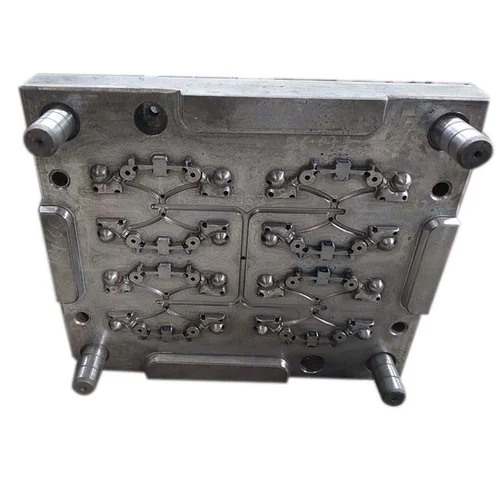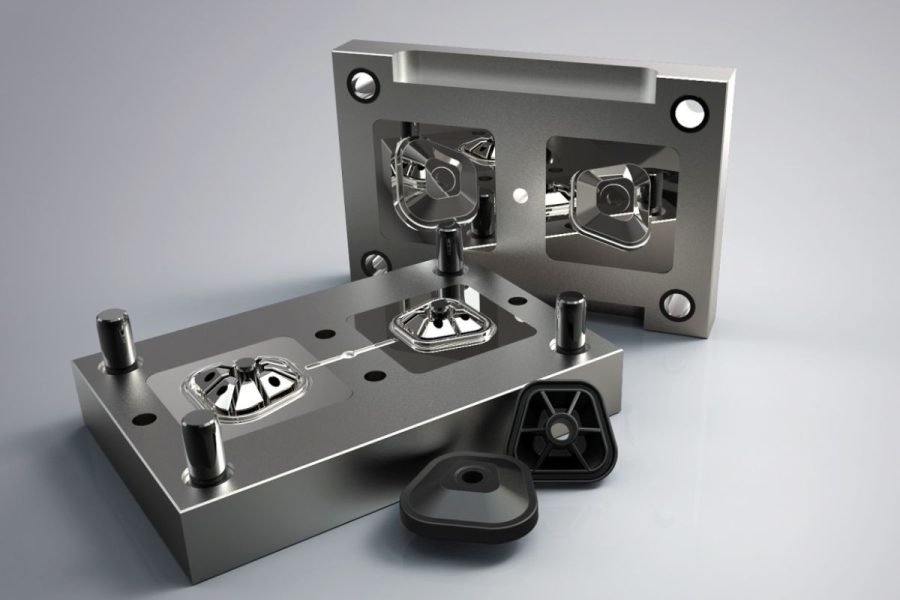
Moulds are critical components in automotive manufacturing, as they are used to produce high-precision parts through injection molding, casting, or stamping processes. Proper maintenance and repair of moulds are essential to ensure consistent part quality, minimize downtime, and extend the lifespan of the moulds. These activities are vital in maintaining operational efficiency and meeting the stringent quality standards of the automotive industry.
Preventive Maintenance
Preventive maintenance involves regularly scheduled inspections and upkeep to prevent mould degradation or failure. This includes cleaning mould surfaces, checking for wear and tear, lubricating moving parts, and inspecting ejector pins, cooling channels, and sealing mechanisms. Preventive maintenance also involves monitoring alignment to ensure parts are being formed within tight tolerances. By addressing potential issues early, manufacturers can reduce unplanned downtime and maintain consistent production schedules.
Corrective Maintenance
When moulds experience damage or fail to produce parts within specifications, corrective maintenance is performed. This may involve repairing cracks, resurfacing worn areas, replacing broken components, or re-polishing mould cavities to restore the desired surface finish. Corrective maintenance is typically more time-intensive and costly than preventive measures, but it is crucial to address problems promptly to minimize production delays.
Precision and Quality in Repairs
Repairing automotive moulds requires a high level of precision to maintain the dimensional accuracy of the parts they produce. Specialized tools and techniques such as welding, CNC machining, and laser engraving are often employed. Additionally, detailed inspections using technologies like coordinate measuring machines (CMM) or 3D scanning ensure that the repaired moulds meet original specifications. Maintaining tight tolerances is particularly important in automotive manufacturing, where even minor deviations can lead to assembly issues or compromised performance.
Continuous Improvement and Training
To enhance mould longevity and performance, manufacturers often adopt continuous improvement practices. This includes analyzing the root causes of mould failures, optimizing designs for durability, and using advanced materials with higher wear resistance. Additionally, skilled technicians and engineers are trained in the latest repair techniques and technologies, ensuring that mould maintenance operations keep pace with advancements in automotive manufacturing.
Impact on Production Efficiency
Effective mould maintenance and repair significantly impact production efficiency. Well-maintained moulds reduce the risk of defects, rework, and scrap, resulting in lower production costs and improved profitability. Moreover, streamlined maintenance schedules and rapid repair processes minimize downtime, allowing manufacturers to meet tight production deadlines in the competitive automotive market.

